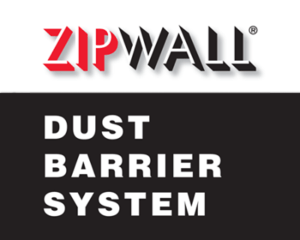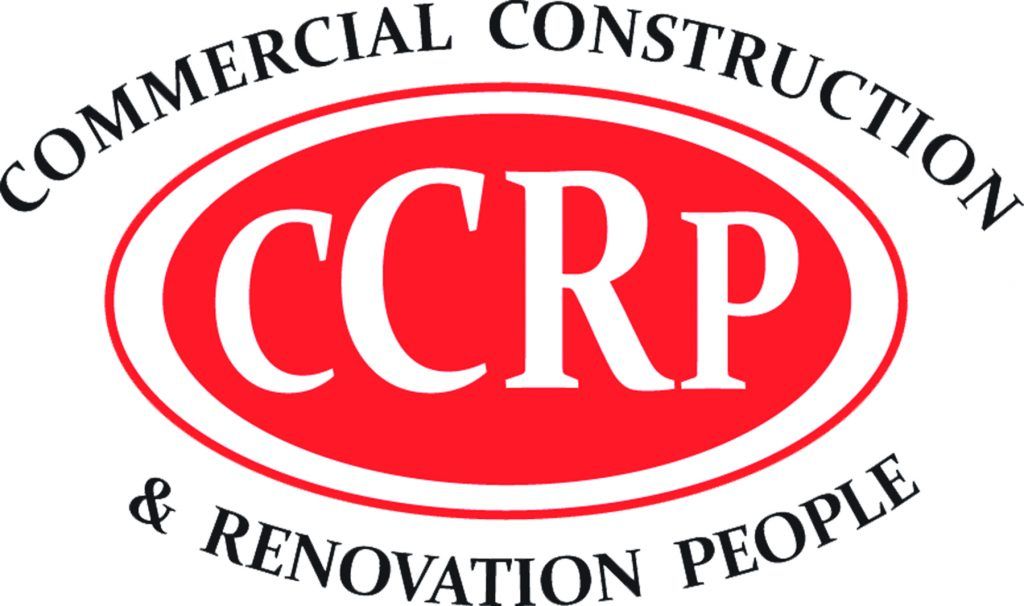Ignoring that persistent pain that you thought was not such a big deal? Regretting that you didn’t give it any mind now that it’s making your daily life difficult to maneuver? You must be suffering from a cumulative injury.
Cumulative injury is caused by doing the same motion or task again and again—like lifting heavy boxes, typing on a keyboard, or using machinery every day.
According to the World Health Organization (WHO) report, approximately 1.71 billion people worldwide have musculoskeletal disorders, of which 50–70% are workers in various occupations. These disorders constitute more than half of all reported occupational illnesses in the United States.
You might be able to get workers’ compensation or a cumulative injury settlement to help cover medical bills and lost wages if you are suffering from this illness.
Know how a cumulative injury settlement works to get the support you need.
Understanding Cumulative Injuries
An injury to an employee usually happens in a single event, like a fall or a piece of gear getting caught. But cumulative injuries are not the same as one-time injuries in a basic way.
Because of repetitive motions or long-term exposure to certain circumstances, these injuries happen very slowly. At first, the body might not show any signs, but the soreness that lasts for a long time could cause tendonitis or carpal tunnel.
So that care can begin, these injuries must be identified right away. As soon as you feel pain or soreness, you should see a doctor.
Being aware of these cumulative accidents is important to protect your well-being in the workplace. By focusing on long-term injury prevention, we can create a safer and more productive work environment.
Key Differences Between Cumulative Injury Settlements and Traditional Claims
Both traditional claims and cumulative injury payouts are meant to pay for injuries that happened on the job, but they work differently and have different requirements.
Cumulative injury settlements focus on injuries that develop along the gradual accumulation of stress or exposure over time, while a single incident is the cause for a traditional claim, usually acute, something like slips and falls.
Extensive documentation is often the case for cumulative claims, whereas in traditional claims, immediate medical reports may suffice in proving injury.
Such workers’ injury cases can be complicated, as they require much more evidence to prove an injury; thus, they take more time to be resolved.
Knowing these differences will help you formulate some options as far as workplace injuries are concerned.
Eligibility Criteria for Cumulative Injury Settlements
Eligibility for cumulative injury settlements is determined by certain qualifying requirements that you must meet.
You must identify any strain injuries caused by repetitive stress or prolonged exposure to harmful conditions in your workplace. These conditions are typically imprecise, and you must continuously document the symptoms and the treatment you receive.
Secondly, your condition must be work-related, such that it must have arisen during the performance of employment. You should also submit the claim within the time frames specified by the workers’ compensation laws of the specific state.
The injury must also pass the severity criteria to qualify for a cumulative injury settlement, which varies from one jurisdiction to another. These eligibility requirements greatly affect your chance of winning a claim.
The Process of Filing a Cumulative Injury Claim
Upon going through the injury accumulation process, you may find yourself feeling overwhelmed. Be sure to break it into mini-steps to make it easier.
You need to collectively pull documents: medical records and evidence of employment. Then notify your supervisor of the injury, giving explicit notice that it is cumulative.
Fill out the claim form for your state: Describe the injury’s harmful development and its effects on your daily life.
Please keep all correspondence and deadlines upon claim, and better yet, seek the assistance of a workers’ compensation attorney to guide you through the tricky parts.
Following the above process promotes smoother claim filing and the likelihood of acceptance.
Common Challenges in Cumulative Injury Settlements
Cumulative injury settlements may hinder your claim. The injury-to-work environment nexus is often difficult to establish. The insurance may try to claim that non-work activities caused the injuries; thus, medical evidence is vital.
Another dispute may arise regarding the severity of the injuries and whether they allow the individual to work. Fair settlement negotiation can be very difficult as insurers try to keep payouts to a minimum.
Delays in filing may arise, thus further hindering the provisions of your dispute. Understanding these challenges will prepare you better, ensuring you receive what you deserve.

























